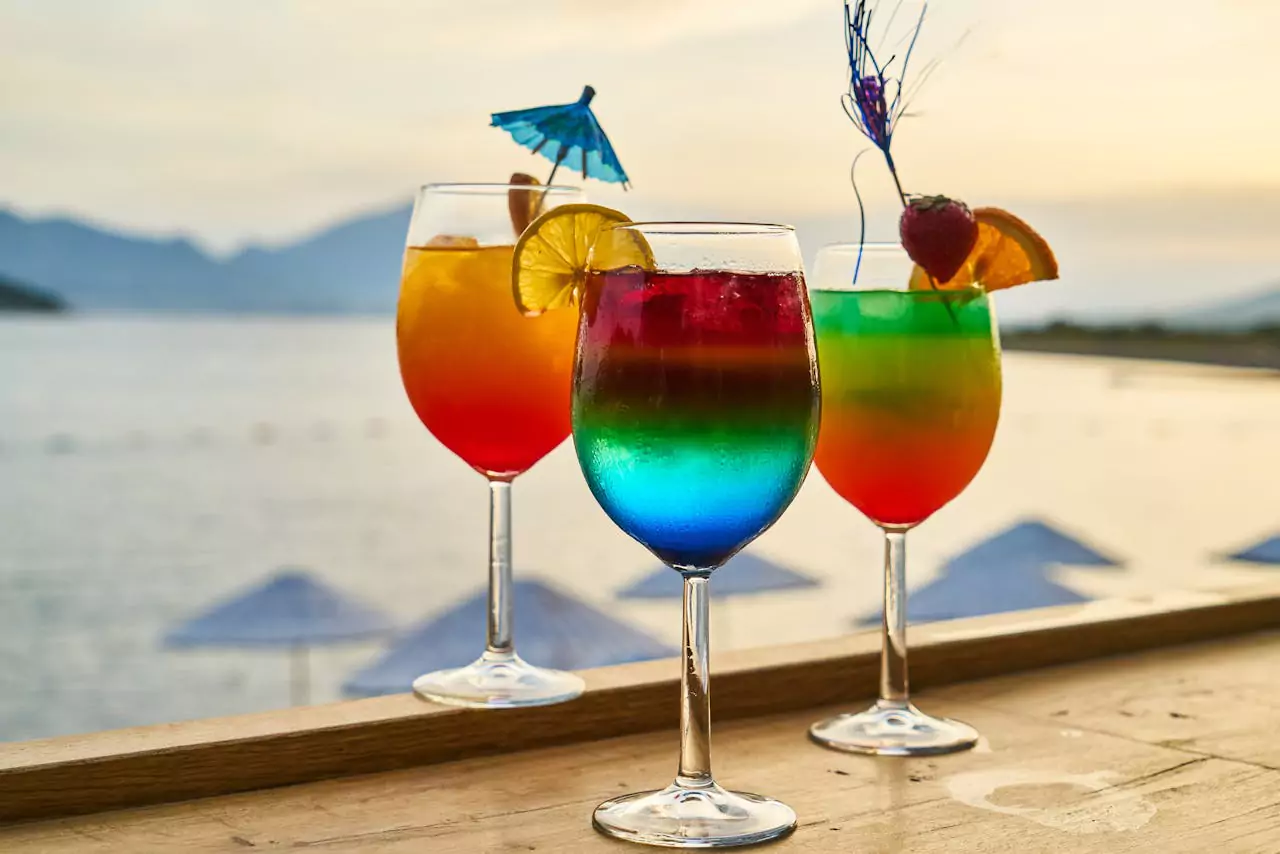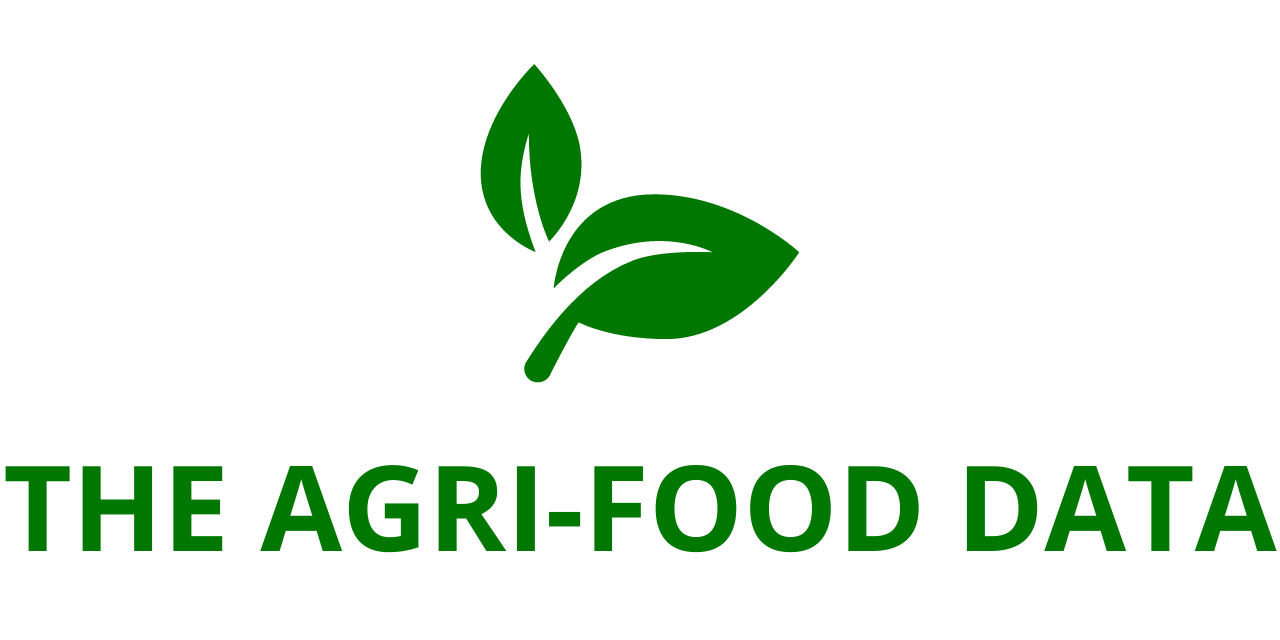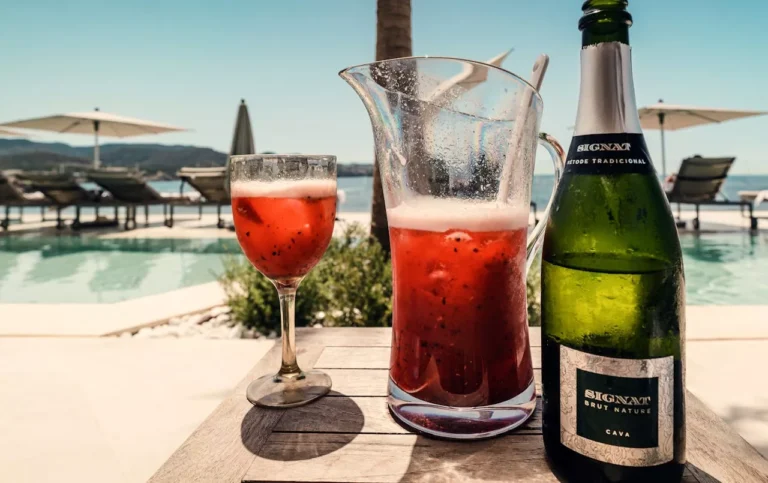
The “2024 Alternative Adult Beverages in the U.S.” report, recently released by Beverage Marketing and now available through ResearchAndMarkets.com, offers an in-depth examination of the rapidly expanding alternative adult beverage market in the United States. As the industry landscape evolves beyond traditional beer, wine, and distilled spirits, this report provides valuable insights into the latest trends, consumer preferences, and market opportunities shaping the future of the adult beverage sector.
Overview of the Alternative Adult Beverages Market
The alternative adult beverage (AAB) market is witnessing a significant transformation, fueled by evolving consumer preferences, health-conscious choices, and increasing innovation in product offerings. No longer confined to traditional alcoholic beverages, today’s market features a diverse range of options, including ready-to-drink (RTD) cocktails, hard kombucha, hard seltzers, and non-alcoholic alternatives such as zero-proof wines and alcohol-free distilled spirits.
This report serves as an essential resource for beverage companies, from established industry giants to emerging brands, as well as non-alcoholic beverage companies looking to capitalize on the convergence of alcohol and non-alcohol sectors. With shifting consumer behaviors and demand for functional beverages on the rise, this report provides a comprehensive analysis of current market dynamics, product innovation, and key growth areas.
Scope of the Report
The research covers a wide array of emerging beverage categories, highlighting their performance metrics, growth rates, and market shares. The analysis delves into:
- Hard seltzers and flavored malt beverages (FMBs)
- Hard ciders and fruit-based alcoholic beverages
- Distilled spirits-based alternative adult beverages (AABs)
- Ready-to-drink (RTD) cocktails
- Hard kombucha and fermented alcohol beverages
- RTD mocktails and non-alcoholic alternatives
- Wine-based alternative beverages, including zero-alcohol wines
- Cannabis-infused beverages, including CBD and THC drinks
- Emerging categories such as hard tea, hard coffee, on-premise craft mocktails, and health-conscious cocktails
The report provides detailed profiles of leading brands within these sectors, offering valuable insights into their market performance, strategic positioning, and innovative product offerings. Additionally, the report identifies key trends influencing the industry, such as the growing preference for no- and low-alcohol alternatives among younger adult consumers.
Key Market Trends and Innovations
The alternative adult beverages market is being shaped by several critical trends, which are expected to drive growth in the coming years:
1. The Rise of Ready-to-Drink (RTD) Cocktails
The RTD cocktail segment has emerged as one of the fastest-growing categories in the adult beverage market. With consumers seeking convenience, high-quality ingredients, and premium flavors, RTD cocktails have gained traction among those who prefer craft cocktail experiences without the hassle of mixing drinks. Brands leveraging innovative packaging, unique flavor profiles, and premium spirits are leading the charge in this segment.
2. Hard Kombucha’s Growing Appeal
Hard kombucha has carved out a niche in the alternative adult beverage space, attracting health-conscious consumers looking for a functional alcoholic option. With its probiotic benefits, natural fermentation process, and diverse flavor offerings, hard kombucha is expected to continue its upward trajectory, particularly among younger demographics prioritizing wellness-oriented drinks.

3. The Evolution of Hard Seltzers and Flavored Malt Beverages
Hard seltzers have dominated the alternative adult beverage market in recent years, but the category is evolving. Brands are diversifying their product lines by introducing new flavors, functional ingredients, and variations such as tequila- and vodka-based seltzers. Meanwhile, flavored malt beverages (FMBs) are undergoing a resurgence, with companies revamping classic products and introducing innovative formulations to attract modern consumers.
4. Cannabis-Infused Beverages: A Market in Expansion
CBD- and THC-infused beverages are gaining popularity as regulatory landscapes shift and consumer interest in functional and wellness-driven drinks increases. The report explores the opportunities and challenges in this emerging segment, including legal considerations, distribution hurdles, and potential growth trajectories.
5. The Shift Toward No- and Low-Alcohol Beverages
Younger generations, particularly Millennials and Gen Z, are increasingly opting for no- and low-alcohol beverages. This shift is driven by a desire for healthier lifestyles, moderation, and social drinking alternatives that provide flavor and sophistication without the effects of alcohol. The report highlights key brands leading the alcohol-free movement, including innovative alcohol-free distilled spirits, zero-proof wines, and sophisticated RTD mocktails.
Market Challenges and Considerations
While the alternative adult beverages market presents significant opportunities, it also comes with challenges that industry players must navigate:
- Regulatory Uncertainty: The cannabis beverage market faces regulatory hurdles that vary by state, affecting distribution and labeling.
- Consumer Education: As new product categories emerge, brands must invest in marketing and consumer education to drive awareness and adoption.
- Health Positioning Concerns: While many alternative adult beverages are marketed as “healthier” options, regulatory scrutiny over health claims remains a key concern.
- Market Saturation: The rapid proliferation of RTD beverages and hard seltzers has led to increased competition, making brand differentiation essential.
Key Questions Answered in the Report
To provide valuable insights for industry stakeholders, the report addresses several pressing questions:
- Which hard seltzer brands are currently leading the market?
- What are the top spirits-based RTD cocktail brands?
- How has the hard kombucha category evolved, and what are its future growth prospects?
- What are the key challenges in positioning alternative adult beverages as “healthy” options?
- Which no- and low-alcohol alternatives are gaining the most consumer traction?






